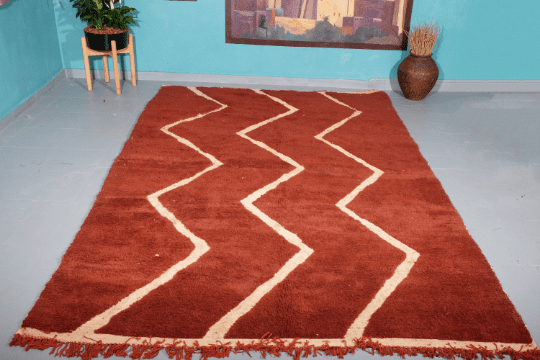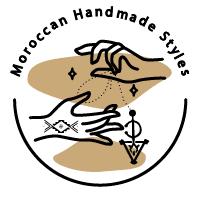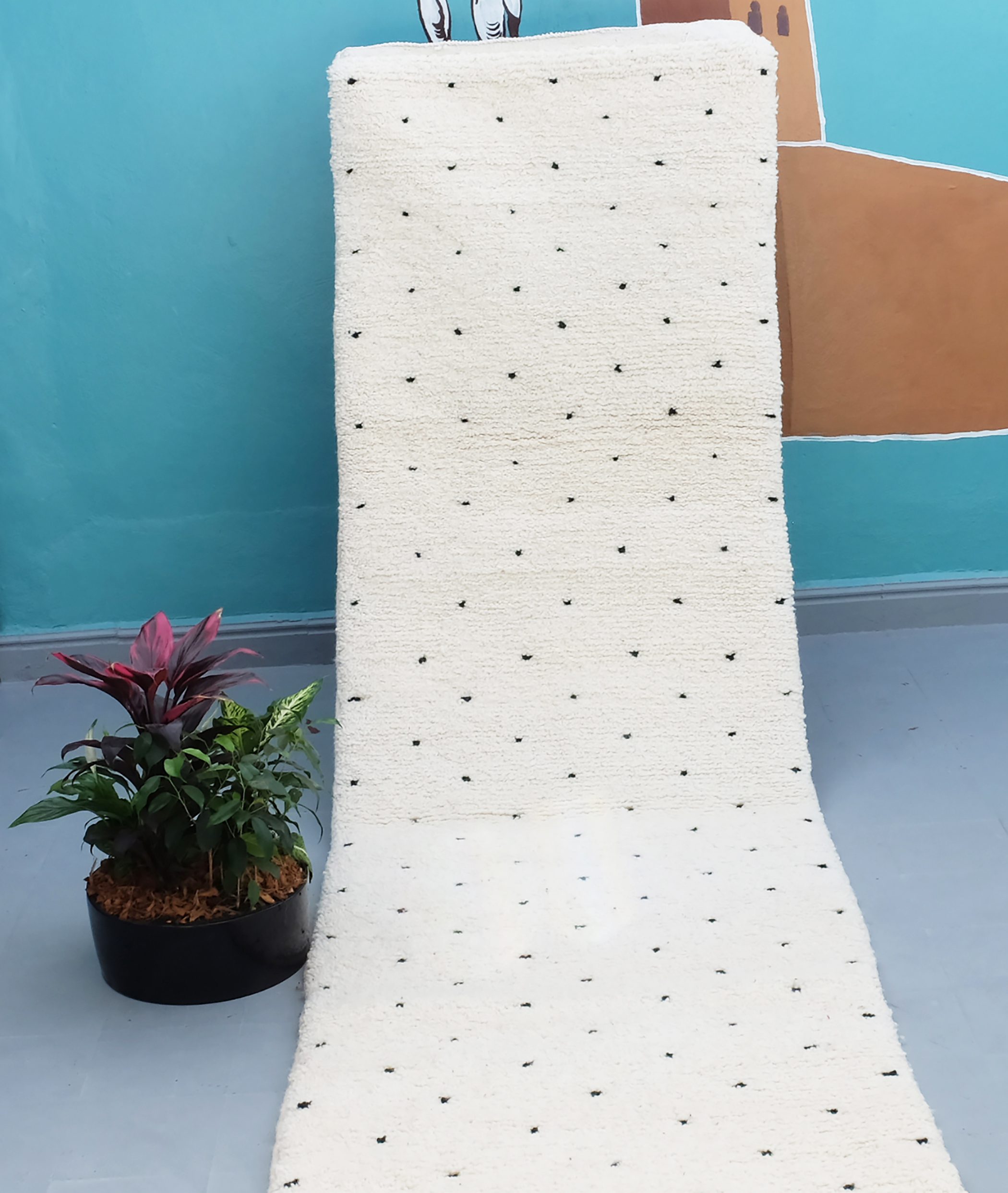Moroccan rugs are perhaps the most distinctive, beautiful, and historically significant textiles of the Middle East. They come from the fertile oases of North Africa and their unique weaving traditions date back to the early Mesolithic period of human history. Throughout the ages, these rugs from Morocco have inspired many artists and designers as well as helping to define Moroccan society itself. Their amazing texture and color, combined with their functionality has made them hugely popular, leading to a huge demand for authentic Moroccan rugs throughout the world. Now, there are online retailers who sell beautiful and rare Moroccan rugs at affordable prices – sometimes even less than they would if these luxury rugs were imported from abroad!
The variety of Moroccan rugs available can be quite mind-boggling. Traditionally, Moroccan rugs were woven by desert tribal folk for their utility as opposed to for decorative purposes. However, with the advent of new technology, the beauty of these rugs has been integrated into modern day design. This has resulted in the Moroccan rug being transformed from a tool for utility, to a work of art that is stylized by geometric patterns and designs.

There are two main types of Moroccan rugs, which include the tabriz and the Moroccan rugs. Tabriz Moroccan rugs feature horizontal and vertical yarn woven in a single, densely tangled pile. These types of Moroccan rugs tend to be softer and take on a lighter shade of color, and are generally used in light-colored rooms. Tabriz Berber rugs, on the other hand, feature tightly braided, narrow pile with a lighter color.
Although these two types of Moroccan rugs share some characteristics, both are distinctive from each other and can even be classified as true Moroccan rugs. Tabriz and traditional rugs differ mainly in the weaving technique used and in the appearance of the finished product. Tabriz Moroccan rugs exhibit a wider color palette, more vivid and intricate geometric patterns, while traditional Moroccan rugs exhibit more muted and earth toned colors, although they are often dyed a deeper, richer hue.
In addition to the styles and patterns, Moroccan rugs also come in a variety of textures. The most common Moroccan rug material is wool. Other materials are silk and cotton, which may be woven together with natural fibers such as jute or sisal. There is also the potential to use synthetic materials for the rugs, but these are not as widely used.
Beni Ourain Moroccan rugs differ from traditional Moroccan rugs because they have a looped or wavy edge and curl to them, whereas traditional Moroccan rugs do not. They have square and rectangular shapes and are usually dyed a rich yellow-brown. Beni Ourain Moroccan rugs contain geometric patterns and are well crafted with detailed knot work, usually done by hand. The edges of this type of rug are square or rectangular. The colors used are usually bright, warm and rich.

